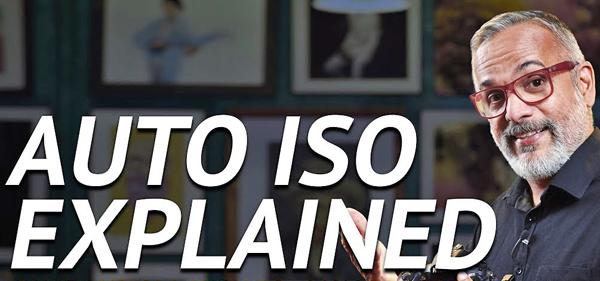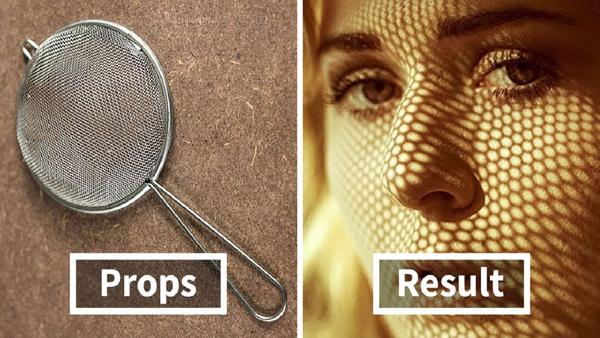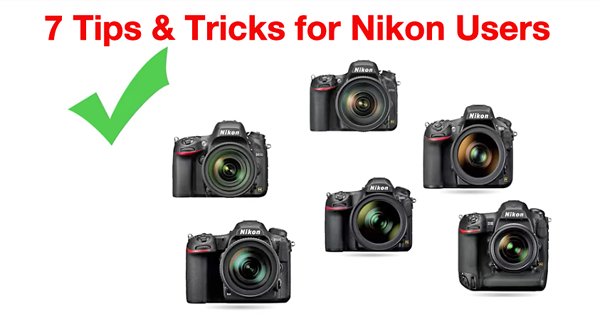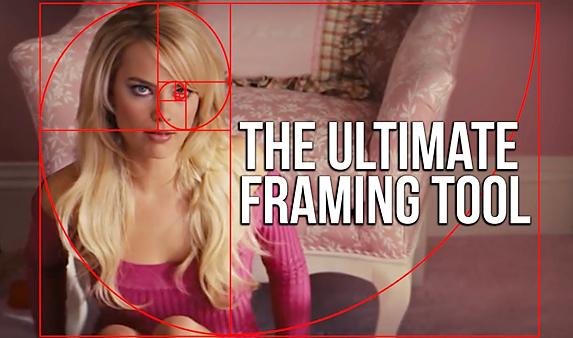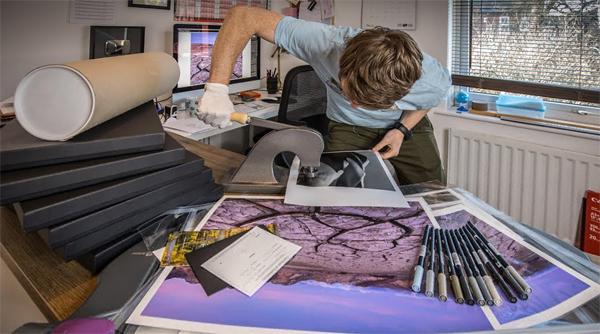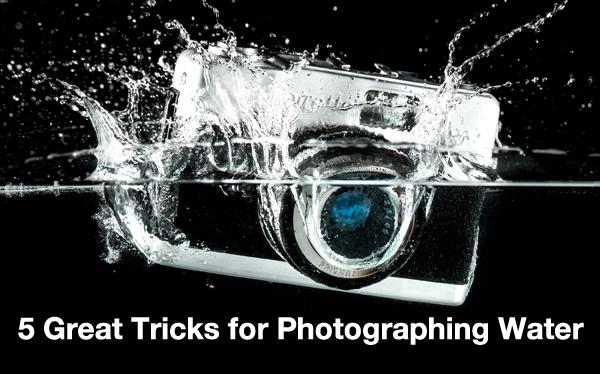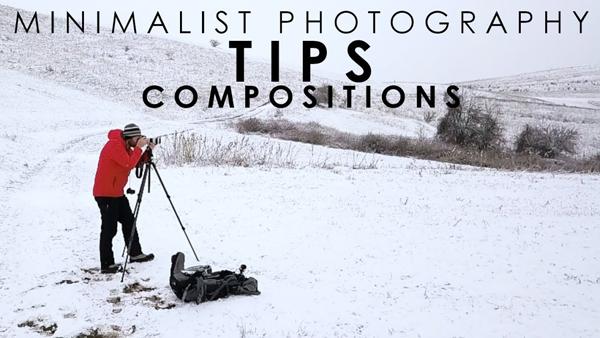Photo How To
Sort By: Post Date TitlePublish Date
|
Mar 08, 2018
|
Mar 08, 2018
|
Mar 06, 2018
|
Mar 05, 2018
|
Mar 02, 2018
|
Mar 02, 2018
|
Mar 02, 2018
|
Feb 26, 2018
|
Feb 26, 2018
|
Feb 22, 2018
|
Feb 21, 2018
|
Feb 21, 2018
|
Feb 20, 2018
|
Feb 20, 2018
